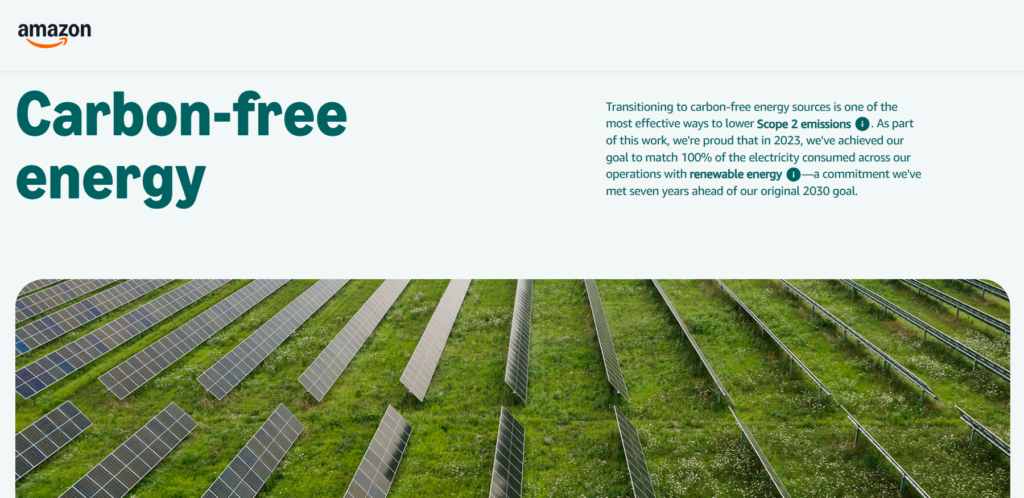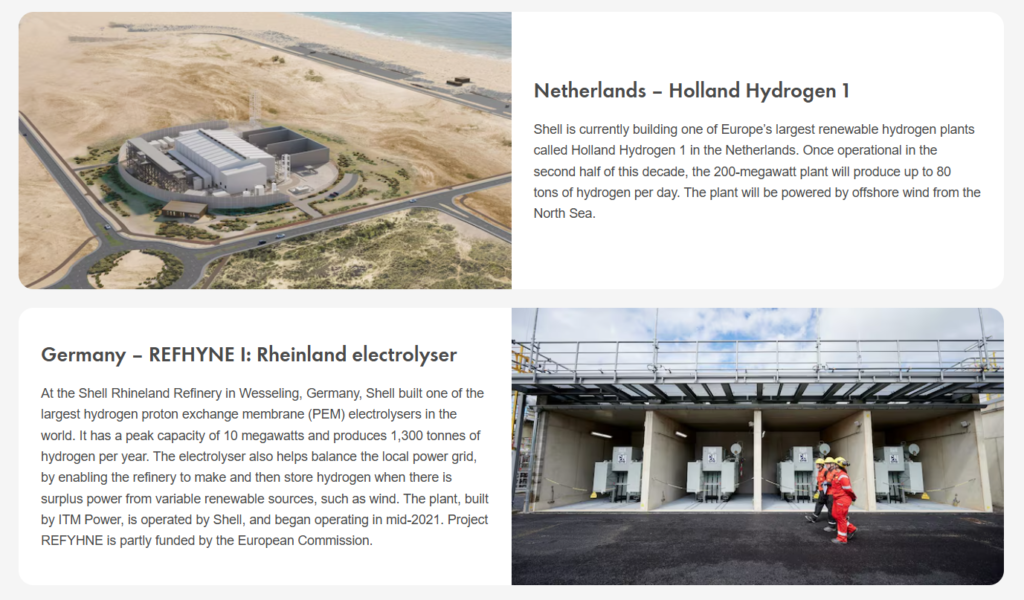Businesses across the globe are increasingly adopting sustainable technologies to address environmental challenges, reduce their carbon footprint, and align with growing consumer demand for eco-friendly practices. As we step into 2025, this shift is more than a trend; it’s becoming an essential part of corporate responsibility and long term success.
Overview of Green Technologies
Green technologies; also known as clean or sustainable technologies encompass innovations designed to minimize environmental impact while maximizing efficiency. These advancements include renewable energy sources (such as solar and wind), energy-efficient systems, and technologies that foster circular economies through recycling and reusing materials. The primary goal is to create business models that balance profitability with environmental stewardship. Global initiatives, like the United Nations’ Sustainable Development Goals (SDGs), particularly Affordable and Clean Energy (Goal 7) and Responsible Consumption and Production (Goal 12) underscore the importance of making sustainability both practical and profitable for businesses.
The Importance of Corporate Responsibility and Recent Developments in Sustainability
Sustainability is no longer a trendy add-on but a business imperative. With increasing environmental concerns and stricter regulations, companies must go beyond profitmaking to contribute positively to society and the planet. By adopting green technologies, businesses can reduce operating costs through energy efficiency and renewable energy, ensuring regulatory compliance and mitigating risks. Sustainability also builds consumer trust and loyalty. Nearly 90% of S&P 500 companies now publish sustainability reports, compared to just 20% a decade ago. The shift toward a circular economy, where waste is minimized and resources are reused, is exemplified by leaders like H&M and Patagonia, proving that sustainable practices drive profitability.
Sustainable finance is also gaining momentum, with global investments in sustainability reaching $35 trillion in 2023. Which is a 15% increase from the previous year. Green bonds and related financing options highlight how eco-friendly investments can be both profitable and environmentally beneficial.
Renewable Energy: The Smart Investment for Businesses
decision for businesses, even if the initial investment is higher. These energy solutions provide long-term savings by reducing energy bills and offering more predictable pricing. Major companies such as Google and Amazon have demonstrated the financial benefits of investing in renewable energy, showing that it contributes to both environmental sustainability and business success.

Solar and wind power are the most accessible renewable energy options for businesses. Solar panels can be installed on rooftops or land to harness the sun’s energy, reducing reliance on the grid and cutting electricity costs. Industry leaders like Google and IKEA have already pioneered the use of solar energy across various sectors, proving that it’s a practical solution for businesses.

Wind energy, particularly offshore wind farms, is another practical way, especially for coastal or rural businesses. Companies like Equinor in Norway and innovative startups like Simply Blue Group are making wind energy more accessible and scalable for industries.
For coastal businesses, ocean energy presents exciting opportunities. Technologies that capture tidal and wave energy are still in development, but they hold great potential for reducing energy costs and emissions in maritime regions. As these technologies mature, they could create new business opportunities while also helping local economies.
Green hydrogen is a promising solution for industries that are difficult to decarbonize, such as manufacturing and heavy transportation. Companies like Shell are investing in green hydrogen production, and innovators like HyPoint are scaling this technology for commercial use.

Energy storage solutions are crucial for maximizing the efficiency of renewable energy. Companies like Tesla and QuantumScape are leading the way in developing solid-state batteries, enabling businesses to store renewable energy and use it when needed, improving efficiency and reducing waste.
Another innovative development in renewable energy is human-powered energy generation. Technologies like Pavegen, which convert foot traffic into energy, are being implemented in public spaces and commercial settings. Businesses like Coca-Cola are also adopting this technology, proving its potential in the corporate world.
Future Outlook on Sustainability Trends
The future of business is increasingly tied to sustainability. Technological innovations, such as renewable energy sources, green hydrogen, and advanced energy storage systems, will play a crucial role in enabling businesses to reduce their environmental impact while enhancing their operational efficiency. The integration of AI and data analytics is already helping companies optimize resource usage, minimize waste, and improve competitiveness in an increasingly eco-conscious marketplace.
The concept of a circular economy, which focuses on the three Rs—reduce, reuse, and recycle—offers a model that businesses can adopt to minimize waste and maximize the value of existing resources. Companies embracing circular practices can cut costs, reduce environmental harm, and unlock new business opportunities. This approach demonstrates that sustainability and profitability can indeed go hand in hand.
Sustainable investment is becoming a key driver for businesses. Companies that adopt eco-friendly practices are attracting significant investments through green bonds, impact investing, and ESG-focused funds. As these investments continue to reshape industries, businesses committed to sustainability are positioning themselves for long term growth and competitiveness. On the other hand, companies that fail to embrace sustainability may find themselves struggling to keep up in a rapidly evolving business landscape.
Collaboration across sectors is essential to accelerating the progress of sustainability initiatives. Partnerships between businesses, governments, and non-profits are vital for driving large-scale environmental and social impact. Initiatives like the UN Global Compact and collaborations between corporations and clean-tech startups are setting the stage for significant strides toward a more sustainable future.
Conclusion
Sustainability is no longer just a responsibility, but a key driver of competitive advantage in today’s business world. Companies that integrate sustainable practices into their core strategies are not only reducing costs and minimizing risks but also attracting consumers, investors, and talent who value eco-friendly and ethical practices. Brands prioritizing sustainability through eco-friendly products, ethical sourcing, or transparent operations are gaining loyalty, especially from younger generations who are more environmentally conscious.
Leading companies like Tesla and Unilever prove that sustainability can drive both profitability and brand strength. As government regulations tighten and consumer awareness grows, businesses ignoring sustainability risk falling behind. By positioning themselves as leaders in sustainability, companies can differentiate their products, tap into emerging markets, and future-proof their operations in an evolving economic and environmental landscape.

Leave a Reply